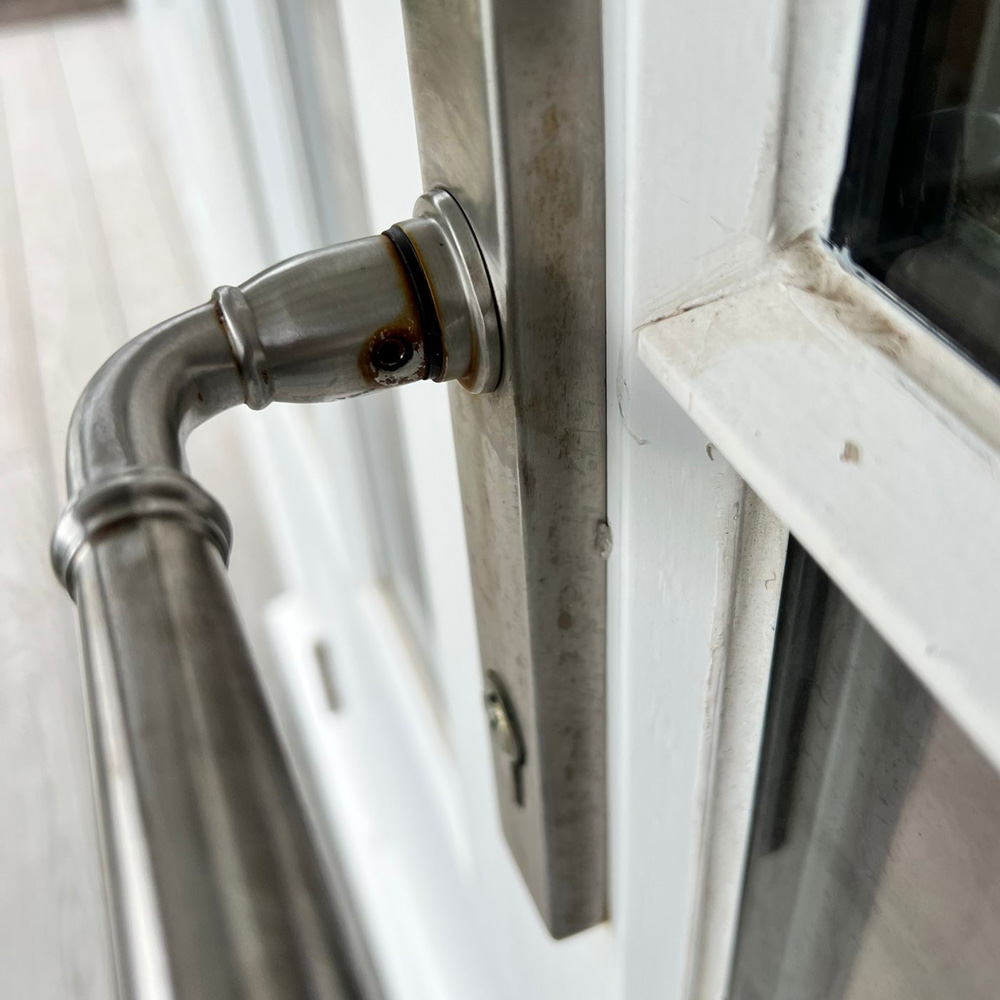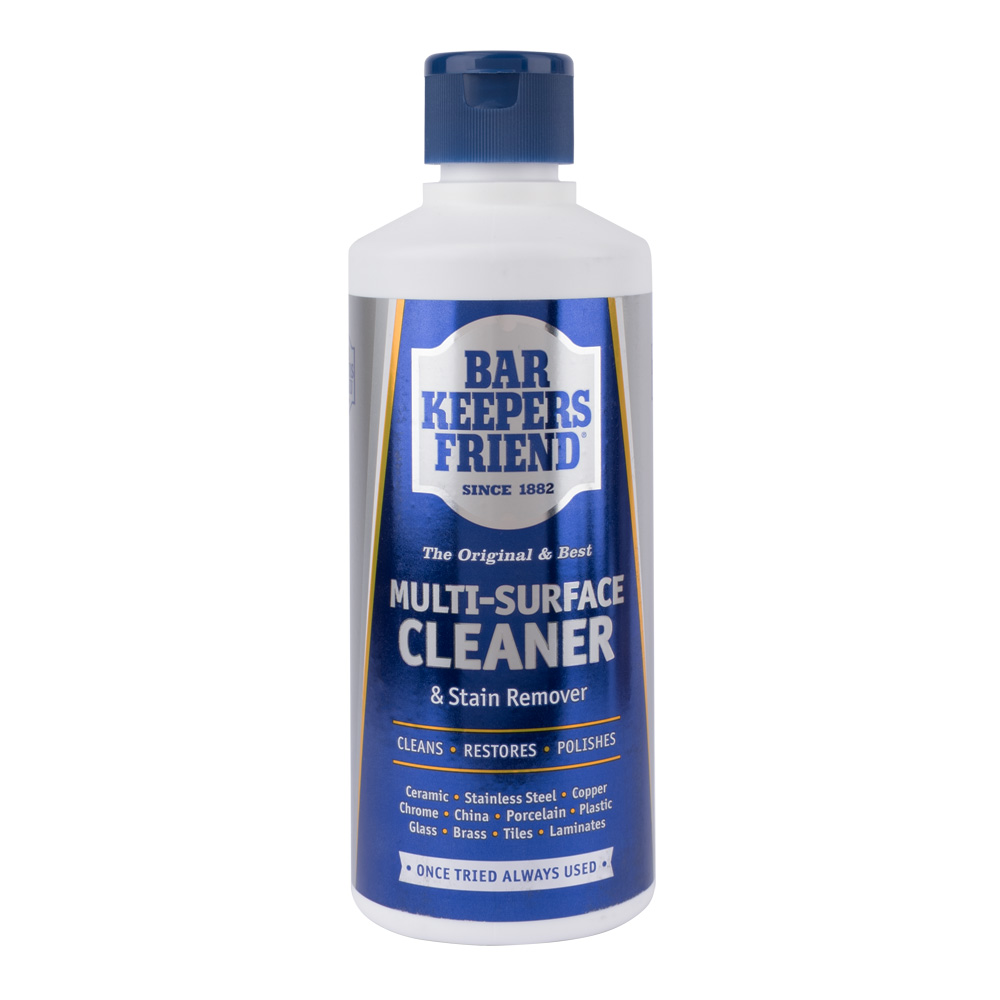FREE UK DELIVERY
On orders over £60 (Trade £95)
FREE UK DELIVERY
On orders over £60 (Trade £95)
Technical Knowledge
Experienced & Dedicated Staff
Trade Discounts
Register or login for trade prices
02 October 2025
Stainless steel is a popular choice for window and door hardware due to its modern appearance, corrosion resistance and durability. However, even this tough material is not entirely immune to the effects of the environment. If you’ve noticed brownish discolouration on your stainless steel handles, hinges or locks, particularly in coastal or industrial areas, you may be seeing a common issue known as tea staining.

Tea staining is the surface discolouration that can develop on stainless steel, often appearing as brown marks that resemble dried tea. Despite its appearance, tea staining is not rust, nor is it a sign of structural failure. It is purely cosmetic and does not affect the performance or strength of your window and door hardware.
Tea staining is more likely to occur in certain environments or under particular conditions. Key contributing factors include:
1. Corrosive Environments
Areas with high salt content, such as coastal regions, or locations exposed to chlorides and industrial pollutants, create ideal conditions for tea staining. Salt and contaminants carried by wind can settle on external window and door hardware, leading to staining if not regularly cleaned.
2. Rough Surface Finishes
Hardware with scratches, grooves or textured finishes can trap moisture and airborne particles. These micro-abrasions create spaces where contaminants can sit, making staining more likely over time.
3. Contact with Ferrous Materials
Stainless steel window and door components may become contaminated when they come into contact with tools or fixings made of ordinary steel or iron. These ferrous particles can transfer to the surface and cause localised corrosion, resulting in visible staining.

While you cannot always avoid harsh environments, you can protect your stainless steel window and door hardware with simple maintenance practices:
✔ Routine Cleaning
Clean hardware regularly using warm water and a soft cloth to remove salt, dirt and other contaminants. For most properties, this can be done as part of a seasonal maintenance routine. Avoid abrasive cleaners or scouring pads, as these can damage the surface.
✔ Use a Stainless Steel Cleaning Kit
For best results, we recommend using a specialised stainless steel cleaning kit that includes both a cleaner and a surface conditioner. This helps maintain the appearance of your hardware while adding a layer of protection to keep your hardware in top condition:
We offer Bar Keepers Friend Stain Remover and Multi-Surface Cleaner as a perfect solution to tea staining.

✔ Opt for 316 Grade Stainless Steel
When selecting window and door hardware for high-corrosion environments, choose 316 grade stainless steel rather than the more common 304 grade. 316 contains molybdenum, which offers superior resistance to salt and chlorides, making it far less prone to tea staining. It’s a more suitable choice for homes and buildings near the sea or in areas with high pollution levels. SD Hardware offers a large range of 316 grade stainless steel hardware under our own SOX brand.
While tea staining can be unsightly, it is only surface deep and does not affect the durability or functionality of your stainless steel window and door hardware. With regular cleaning and the right products, you can maintain the sleek, polished look of your fittings and ensure they stand up to the elements for years to come.
By recognising the causes and taking simple preventive measures, you can keep your stainless steel hardware looking its best and performing reliably in any environment.
At SD Hardware we know the importance of good customer care. That’s why our team are always on hand to help with your queries.
Contact Us
Email: sales@sdhardware.co.uk
Phone: 01752 651330